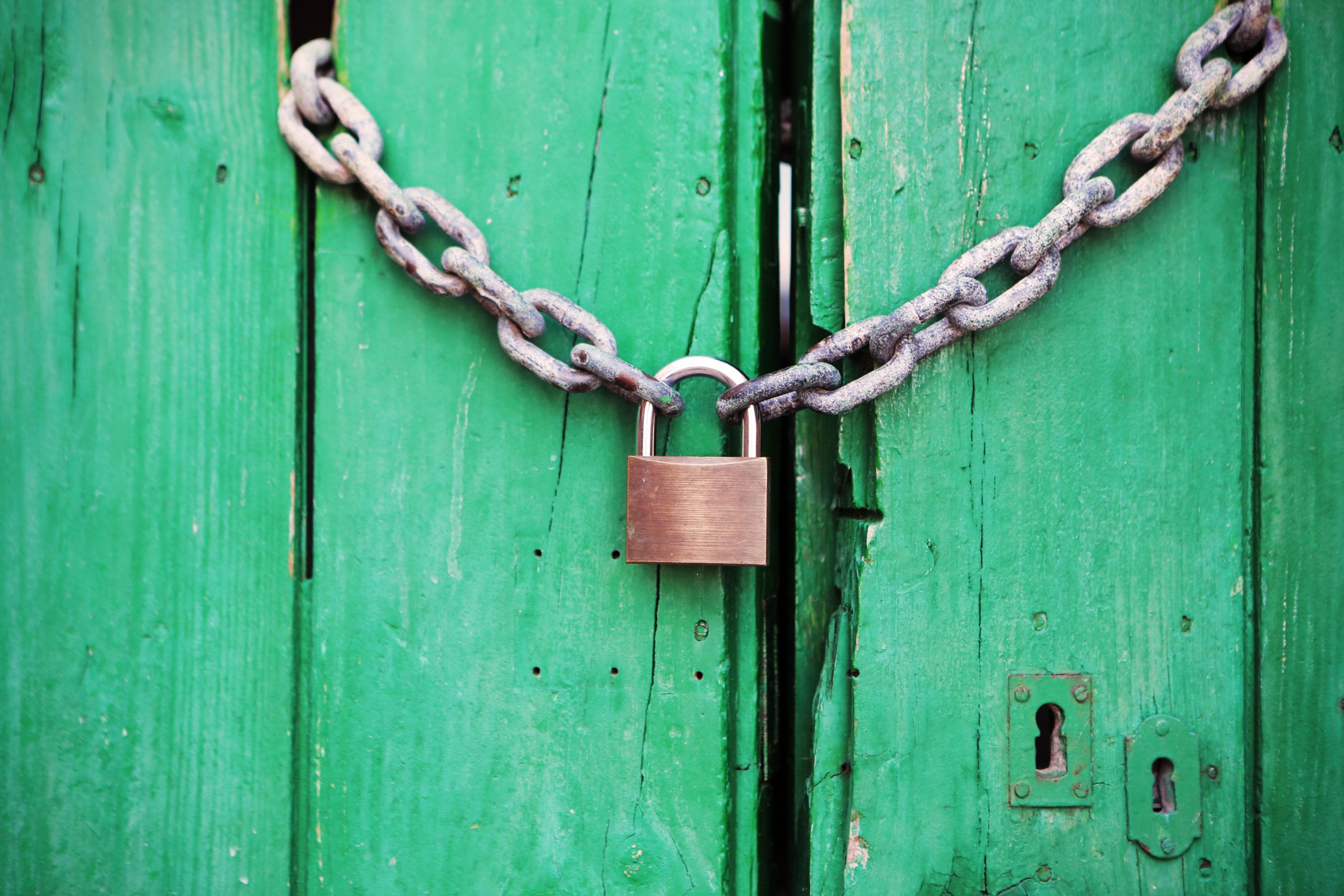Does annual leave accrue when employees are “locked out of the workplace” during a period of employer response action?
You’ve no doubt seen our Annual Leave series ( Part 1 and Part 2), and now we bring you a more discreet issue concerning annual leave accruals. This should be of particular interest to those dealing with unionised workforces.
In the decision of Communications, Electrical, Electronic, Energy, Information, Postal, Plumbing and Allied Services Union of Australia: Construction, Forestry, Maritime, Mining and Energy Union v Carter Holt Harvey Woodproducts Australia Pty Ltd [2018] FWCFB 2731 (15 May 2018), the Full Bench had to consider whether or not a period of time during which employees were locked out of their workplace constituted “service” within the meaning of section 22 of the Fair Work Act 2009 (Cth).
The significance of this question was that if lockout period did count as “service”, then these employees accrued annual leave during that time. So conversely if the lockout period did not count as service then these employees did not accrue annual leave.
The lockout was employer response action to employee industrial action. The lockout went for 74 days!
In determining the question, the Full Bench looked at the reasoning of the original decision. The Full Bench agreed with the conclusion reached at first instance.
The Tribunal looked at the terms of the particular Enterprise Agreement (EA) that covered the employees who were locked out. Essentially, the EA said that annual leave was available to employees as per the NES.
Section 87 of the Fair Work Act (which forms part of the NES) provides that employees accrue annual leave “progressively during the year of service”.
The meaning of the word “service” is set out at section 22 of the Fair Work Act. It is not a straightforward definition because the concept is defined by what does not count as service.
For the purposes of this case, that section relevantly states:
(1) A period of service by a national system employee with his or her national system employer is a period during which the employee is employed by the employer, but does not include any period (an excluded period) that does not count as service because of subsection (2).
(2) The following periods do not count as service:
(a) any period of unauthorised absence;
(b) any period of unpaid leave or unpaid authorised absence, other than:
(i) a period of absence under Division 8 of Part 2-2 (which deals with community service leave); or
(ii) a period of stand down under Part 3-5, under an enterprise agreement that applies to the employee, or under the employee’s contract of employment; or
(iii) a period of leave or absence of a kind prescribed by the regulations;
(c) any other period of a kind prescribed by the regulations.
The lockout was a period of “unpaid authorised absence” as per (2)(b) and did not fall within any of the exceptions set out at (2)(b)(i)-(iii). Therefore the lockout period was an “excluded period”. This meant the 74 days the employees were locked out of the workplace did not fall within the definition of “service” and the employees did not accrue annual leave during that period.
This decision also has potential similar implications for any other entitlements where it is accrued with reference to an employee’s service as defined in the Fair Work Act or under a similar definition of service, for example for long service leave entitlements.
We encourage all employers to check their industrial instruments and seek advice if you are unsure about leave accruals.

